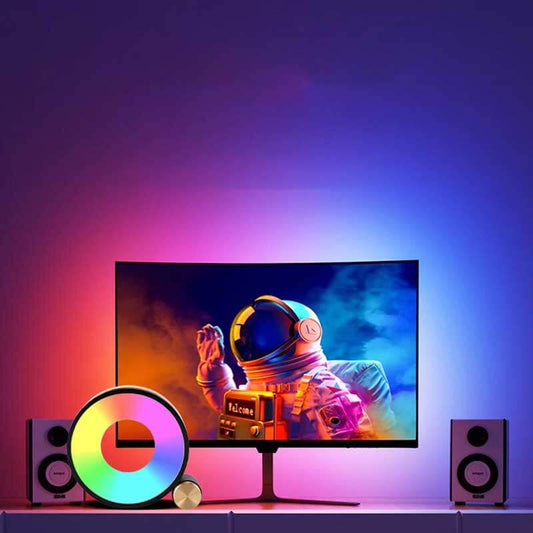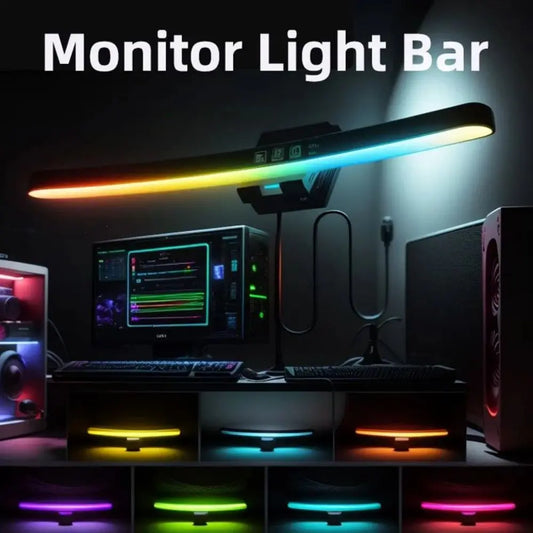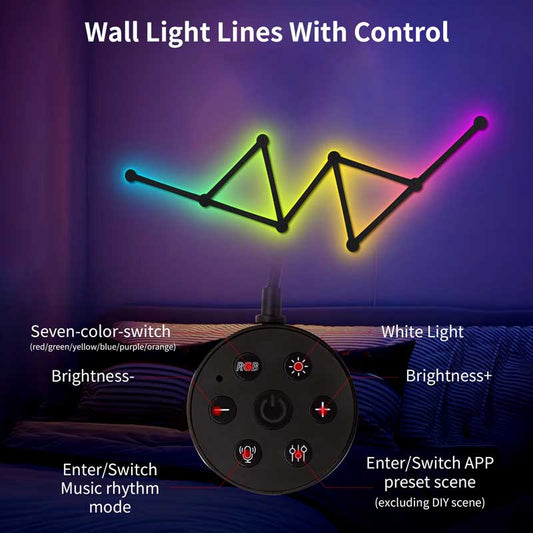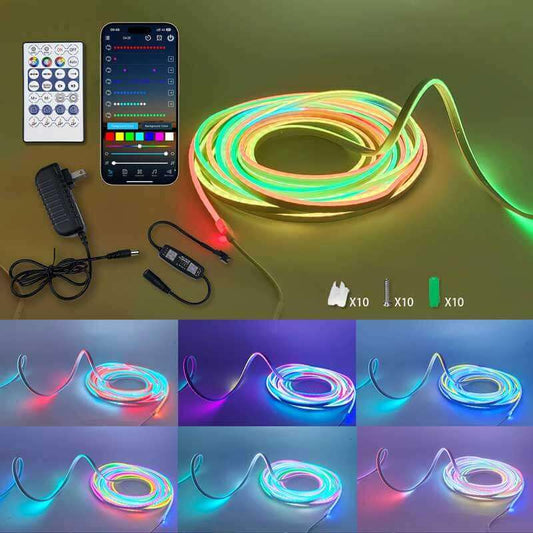Is response time better on TV or monitor? How much input lag does a TV have? What is the downside of OLED monitor? Are OLED TVs OK for gaming?
Aktie
Monitors generally have better response times compared to TVs, making them more suitable for gaming, especially for competitive gamers. Here’s why:
Monitors:
- Response Time: Monitors, particularly those designed for gaming, typically have a response time of 1ms to 5ms, which is ideal for fast-paced games where every millisecond counts. This ensures minimal motion blur and clearer visuals during fast movements.
- Specialized for Gaming: Gaming monitors often come with features like higher refresh rates (120Hz, 144Hz, or even 240Hz) and low latency that help reduce ghosting and motion blur, providing a smoother and more responsive gaming experience.
TVs:
- Response Time: TVs, even high-end models, generally have slower response times (between 5ms to 15ms or more). This delay can be noticeable, especially in fast-paced gaming where quick reactions are crucial.
- Purpose: TVs are designed primarily for cinematic viewing, not gaming, so they may not prioritize low latency or quick response times. However, some high-end models, particularly those with a Game Mode setting, can perform well for gaming, but still, they generally lag behind monitors.
How Much Input Lag Does a TV Have?
Input lag is the delay between a command you give through your controller and the response on screen. Input lag in TVs varies depending on the model, but here are some general guidelines:
- Standard TVs: Input lag typically ranges from 30ms to 80ms for regular TVs. This can be quite noticeable in fast-paced games, where quick reactions are necessary.
- Gaming-Optimized TVs: Many modern gaming TVs have a Game Mode that reduces input lag to as low as 10ms to 20ms, which is much more acceptable for most types of games, including FPS and RPGs. High-end models (e.g., LG OLED, Samsung QLED) can have input lag as low as 5ms when set to Game Mode, making them suitable for gaming.
For competitive gaming, monitors are generally a better choice due to their consistently low input lag (as low as 1ms).
What Is the Downside of OLED Monitors?
While OLED monitors offer many advantages, such as superior picture quality and fast response times, they do have some downsides:
-
Burn-In Risk:
- Burn-in is one of the biggest concerns with OLED displays. If static images (like game HUDs or desktop icons) are displayed for long periods, they can leave permanent ghost images on the screen. This is especially problematic in gaming, where static elements like scoreboards, maps, or health bars are often visible for long periods.
-
Brightness Limitations:
- While OLEDs provide deep blacks and high contrast, they typically don't reach the peak brightness levels of LED or QLED panels. This can be an issue in bright rooms or for content with HDR highlights that need higher brightness to pop.
-
Cost:
- OLED monitors tend to be more expensive than traditional LCD or LED monitors, especially those with larger screen sizes or high-end features like 4K resolution and high refresh rates.
-
Longevity:
- OLED displays may degrade over time, especially the blue subpixel. While this is less of an issue for general use, it can become a concern for those who use their OLED monitors heavily for gaming.
-
Limited Screen Sizes:
- OLED monitors are currently less common than their TV counterparts, and there are fewer large-size OLED monitors available for gaming. This may limit options if you're looking for a bigger display for gaming.
Are OLED TVs OK for Gaming?
Yes, OLED TVs are actually quite good for gaming, but there are some things to consider:
Pros:
- Perfect Blacks and High Contrast: OLED panels provide infinite contrast and perfect black levels, which make dark scenes in games look stunningly realistic. This is especially important for cinematic games or games with detailed shadows.
- Fast Response Times: OLED TVs typically have fast response times (1ms to 5ms), which helps reduce motion blur and ghosting during fast action scenes. This makes OLED TVs suitable for fast-paced games like FPS and racing games.
- Wide Viewing Angles: OLED screens retain their image quality even from wide angles, making them great for multiplayer gaming or when you have friends over.
- Game Mode: Most modern OLED TVs come with a Game Mode that reduces input lag, improving responsiveness during gaming. Some models can achieve input lag as low as 5ms when set to Game Mode.
Cons:
- Burn-In Risk: As mentioned, burn-in can be a risk for OLED TVs if static elements (like HUDs, logos, or minimaps) are displayed for long periods. While most modern OLEDs have features to minimize burn-in (like pixel shifting), it's still a potential issue, especially with games that have static elements.
- Brightness: OLED TVs generally do not reach the same peak brightness levels as some QLED or LED models. If you're gaming in a very bright room, an OLED might not be as effective at countering ambient light.
- Price: OLED TVs are typically more expensive than regular LED or QLED TVs, though prices have been coming down in recent years.
Conclusion:
- OLED TVs are excellent for gaming, especially if you prioritize picture quality and contrast. They are ideal for cinematic experiences and games with rich visuals. However, if you play games with static overlays or play long sessions, you may want to be cautious of the burn-in risk.
- If you’re looking for a gaming-specific TV with high brightness, low input lag, and no burn-in risk, then a QLED or LED TV might be a better option for you.
Ultimately, OLED TVs are fantastic for casual and immersive gaming, but you should consider the potential drawbacks if you're a competitive gamer or if your gaming style involves a lot of static elements on screen.




